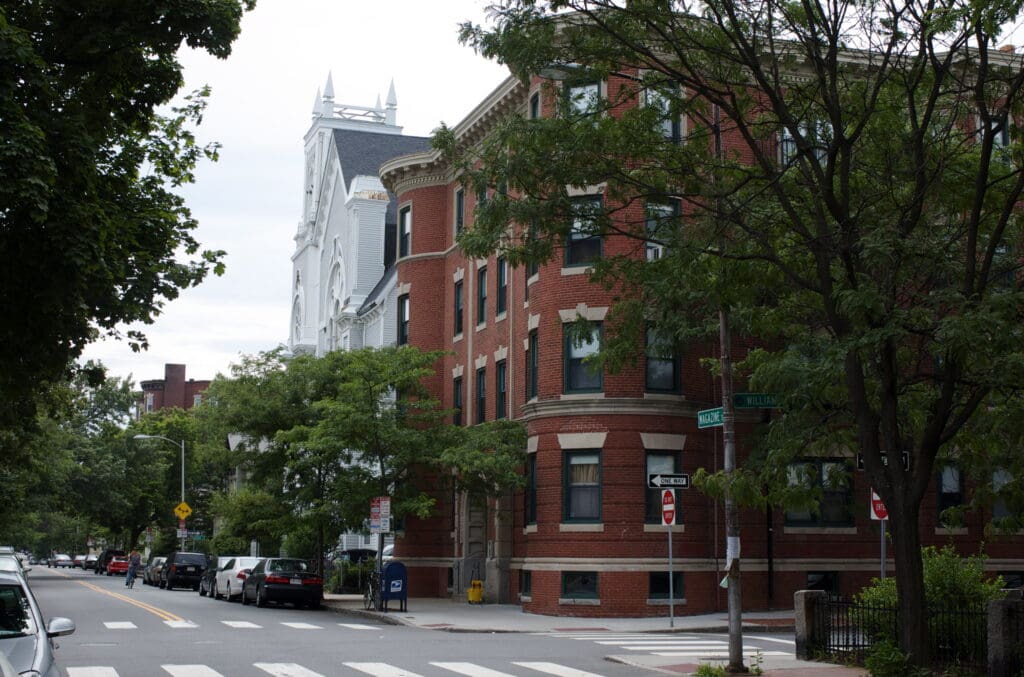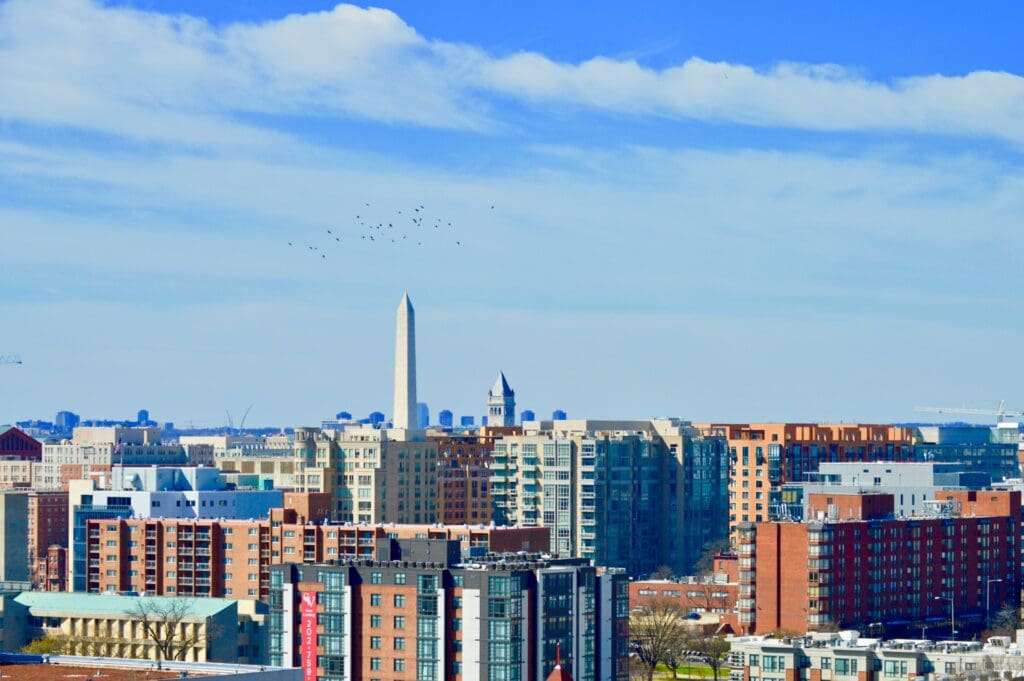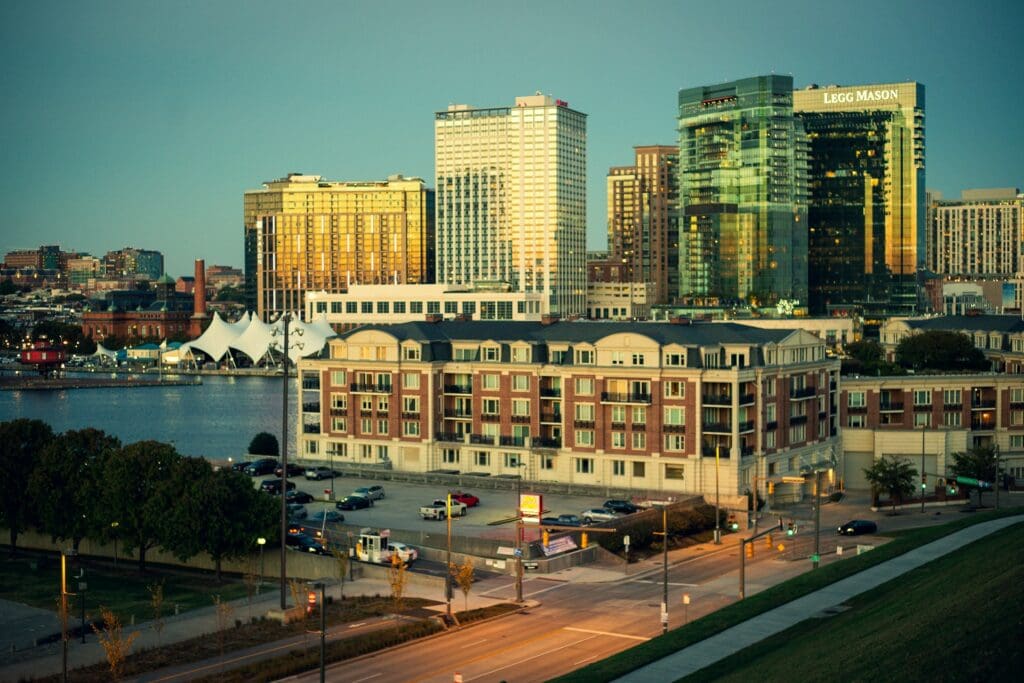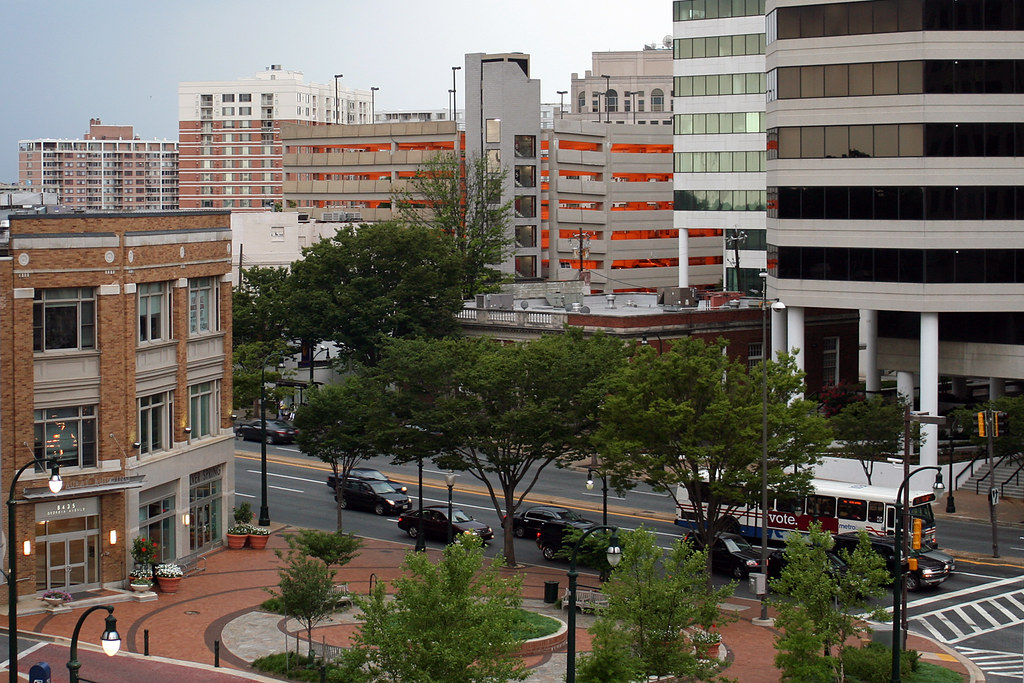
Parity is the cost-effective option for reducing GHG emissions to quickly meet building performance standards without ripping and replacing equipment.

The goal of LL97 is to reduce the emissions produced by NYC’s largest buildings by 40% before 2030 and 80% by 2050.

The goal of BERDO is for large buildings to reduce their greenhouse gas emissions gradually to net zero by 2050.
You can find more details in our blog post.

The goal of Cambridge’s BEUDO is to address the fact that buildings account for about 80% of GHG emissions in Cambridge.

The goal of BEPS is to help meet the energy and climate goals of the Sustainable DC plan — to reduce greenhouse gas emissions and energy consumption by 50% by 2032.
There are 2 compliance paths, the performance pathway (Goal = Reduce site EUI by 20%) and the standard target pathway (Goal = Achieve Energy Star score of 66).

The goal of Maryland BEPS is for covered buildings to achieve zero net direct greenhouse gas emissions and energy use intensity standards by 2040.

The goal of Montgomery County BEPS is to get multifamily buildings to 37 kBtu/ft2. At the start of the program, multifamily buildings will have their baseline usage set.
For multifamily properties between 25,000 ft2 and 250,000 ft2, the program begins and ends one year later than for properties greater than 250,000 ft2, so enforcement will occur at the end of 2031 and 2036.
Parity directly reduces GHG emissions by improving your HVAC systems’ efficiency.
We integrate with existing control infrastructure for seamless data exchange.
Parity generates comprehensive reports highlighting emission data, compliance status, and corrective actions taken.
Our team stays updated on changes to local emission regulations and can tweak our reporting accordingly to ensure ongoing compliance.
We provide tailored support to assist users in case of technical issues, questions about emissions data, or compliance-related concerns.


Click the button below to get started 👇